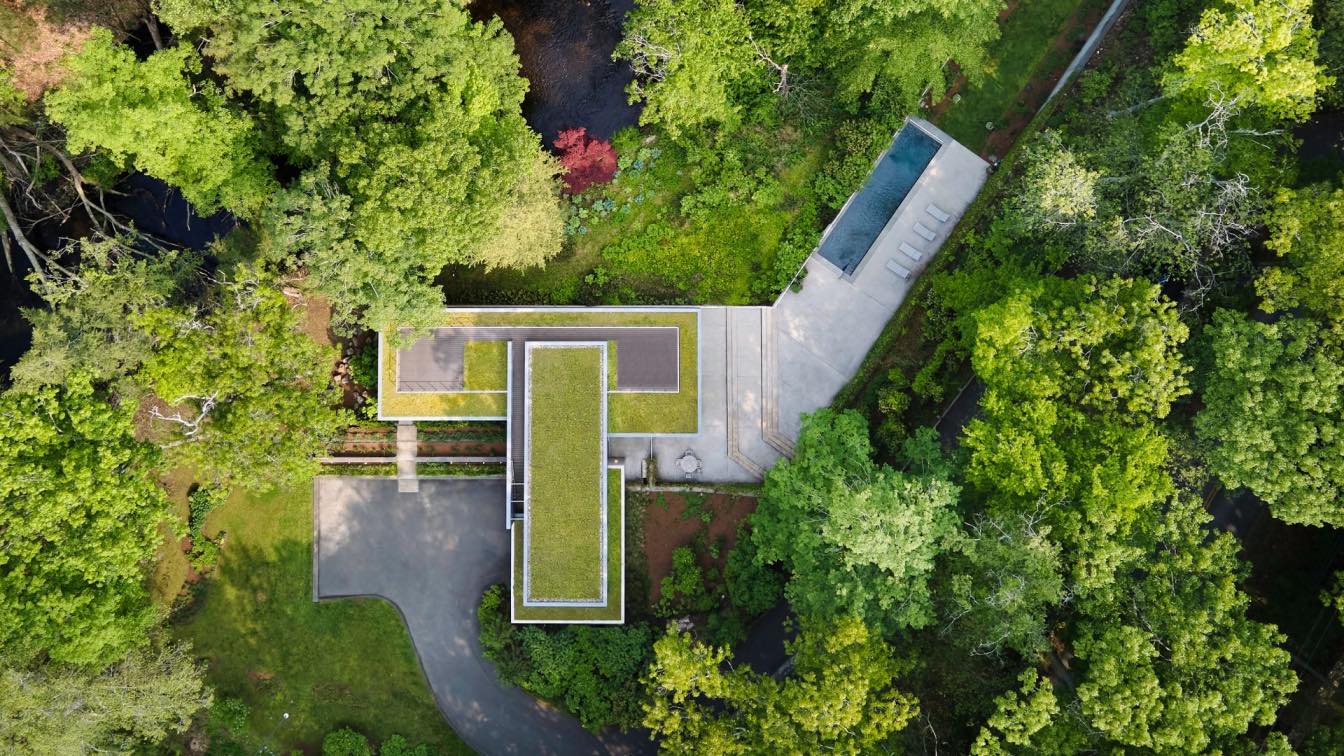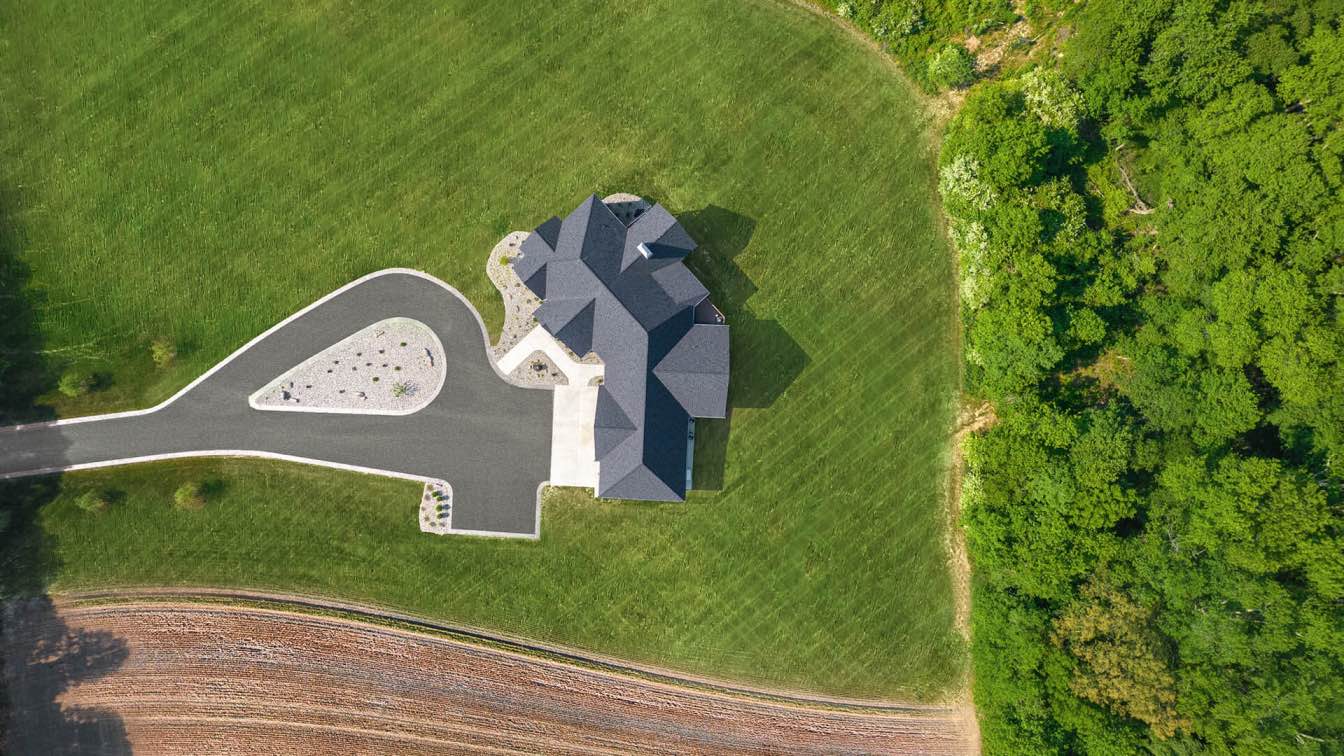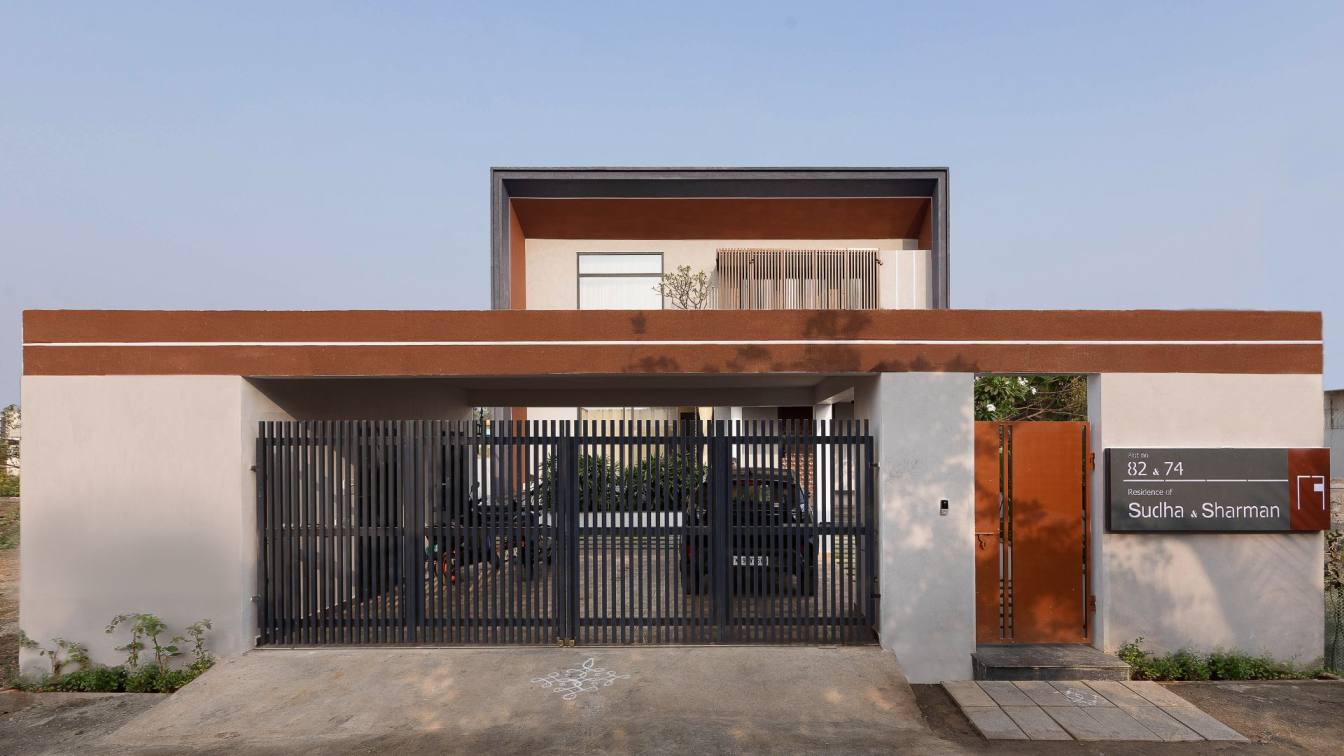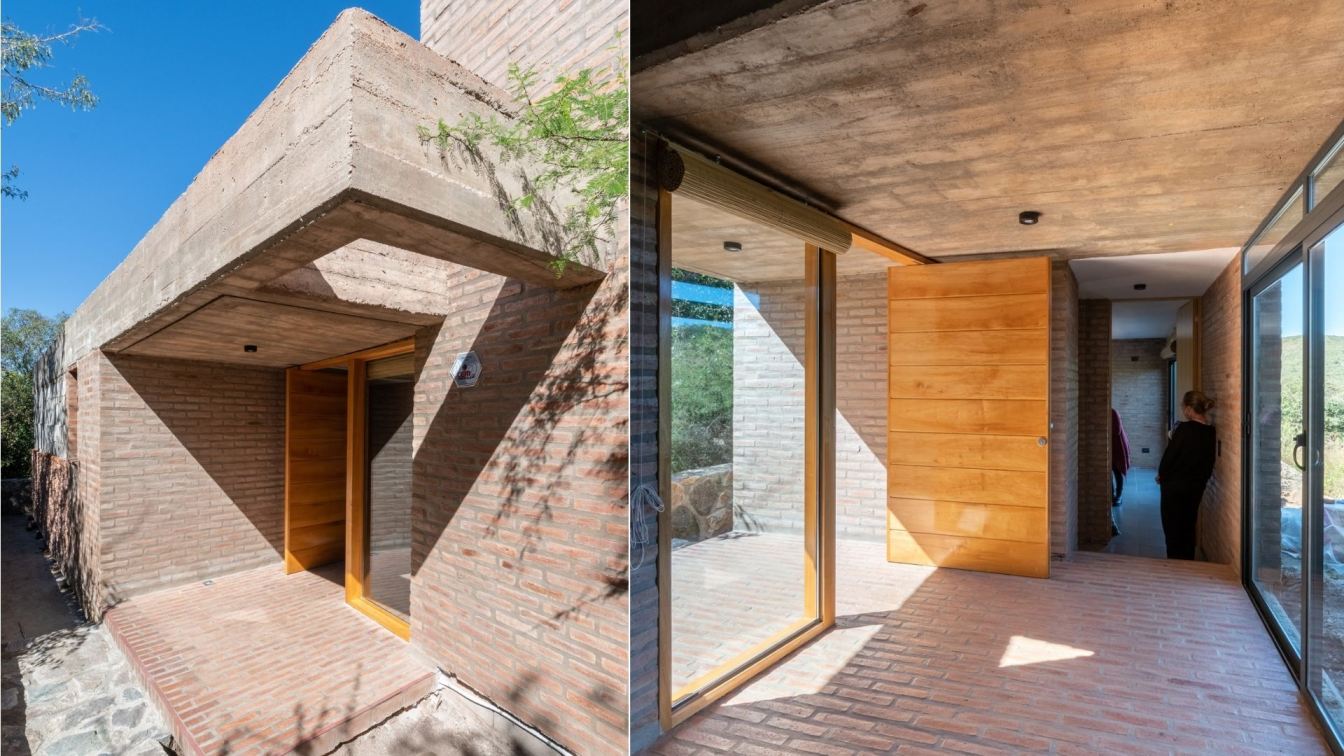Residence with multiple green roofs takes advantage of sustainable factors. Specht Architects’ Weston Residence nestles in a verdant valley adjacent to the Saugatuck River in Connecticut. The 2400 square foot house takes advantage of its beautiful surroundings in a way that purposefully blurs the distinction between the built and natural environment.
The house, situated on 3.5 acres, is approached from a road that begins high-up on a cliff above, the roofscape—or fifth façade—becomes a critical element of the design. Terraced planes planted with year-round, region-specific succulents step down the hill. Bedrooms project out into these roof gardens, giving a feeling of being fully immersed in the landscape. The planted roofs are also integral to the high-performance building envelope. Interior and exterior spaces are joined through views, portals, and material continuity. The interior is open, interconnected spaces with hidden doors create privacy when necessary. The river side of the home features floor-to-ceiling glazing, and clerestory windows wrap the rest of the interior, allowing the roof plane to float above the interior spaces.
The kitchen is an island that floats within the main living/dining space, and built-in cabinetry and appliances along the perimeter wall complete the feeling of a serene space that is fully-integrated with the landscape. A glass-backed fireplace provides an elegant surprise. Like other glass houses, the landscape becomes the “design scape” for each room, playing with transparency during the day and reflectivity at night.
The primary materials were cast-in-place concrete, with selected areas of cement-board panel. Large aluminum and steel window glazing units bound the house. The interior walls are finished in bamboo plywood panels, and the floor is polished concrete. All blinds, diffusers, and other devices are hidden in an integrated track that runs the perimeter of the house, leaving views unobstructed to the natural surroundings.





































